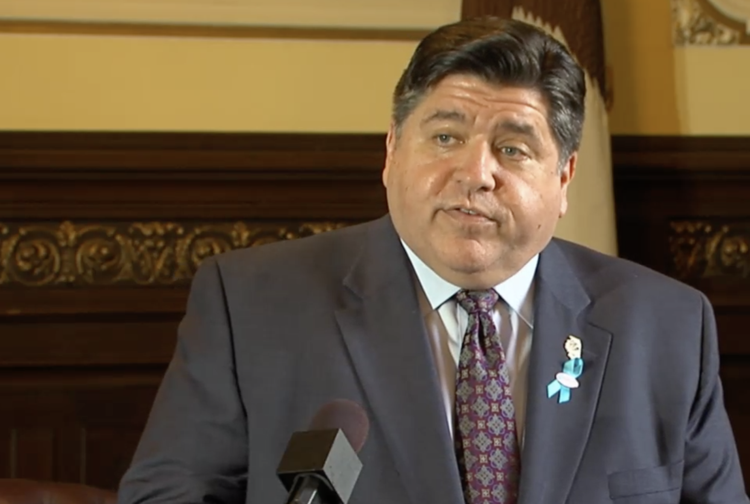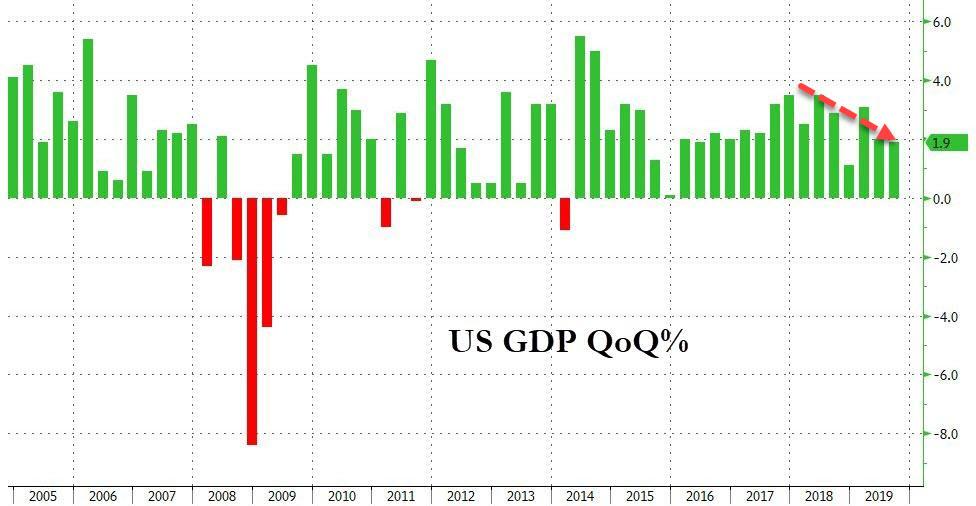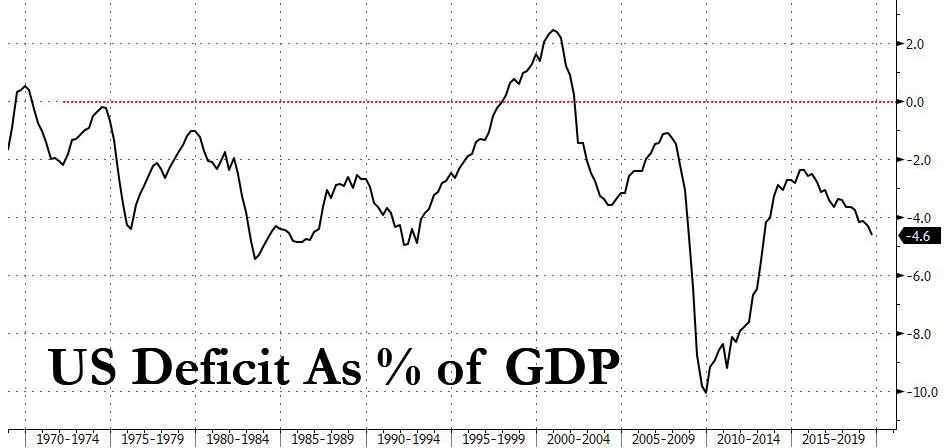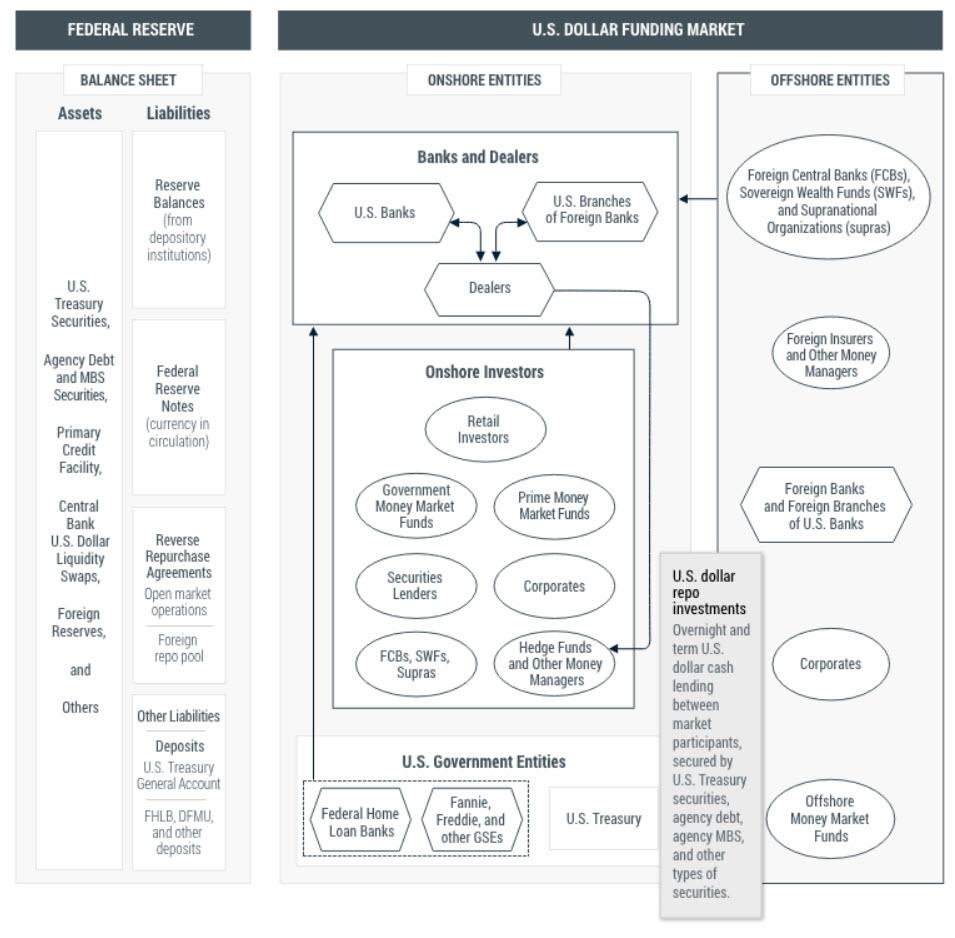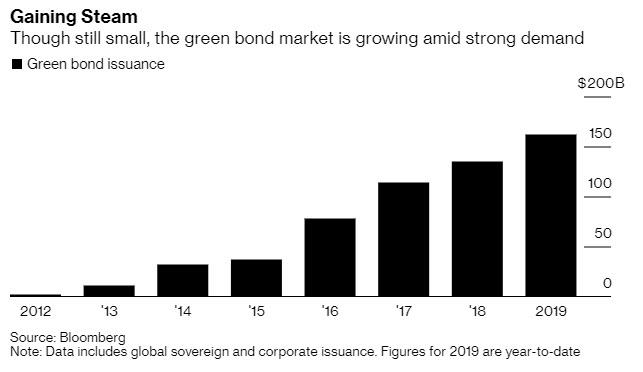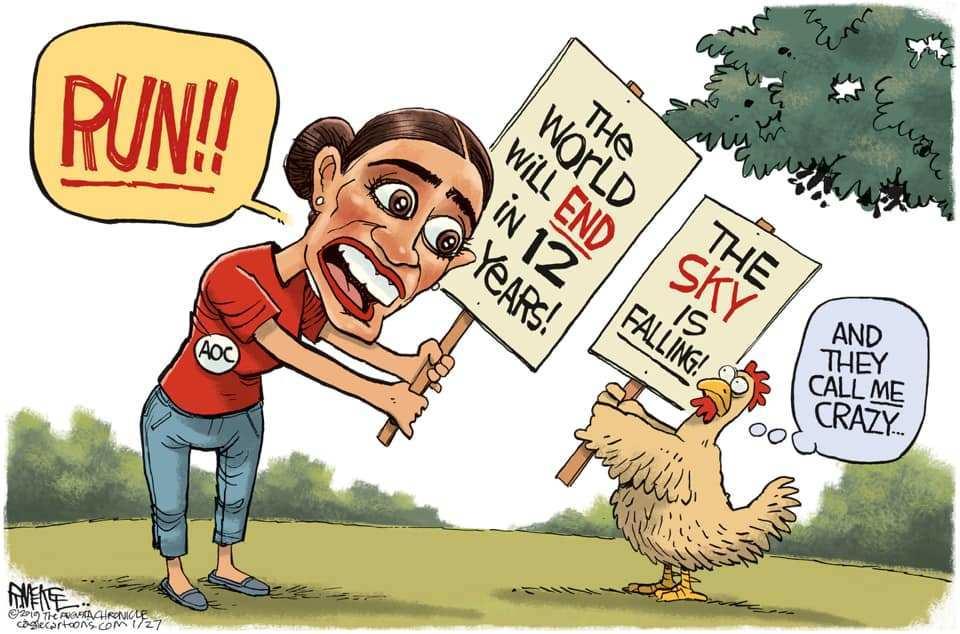Last year, the Supreme Court heard arguments, and requested extensive supplemental briefing, in Royal v. Murphy (now called Sharp v. Murphy) a complicated murder case involving federal Indian law. The Court was unable to decide the case last year and so it remains on the docket this year and for that reason alone seems poised to be complicated and quite intricate.
My colleague Todd Henderson teaches Indian Law here at Chicago and we’ve repeatedly discussed this case, so I wanted to pass along his thoughts about this case, and the problem that the Supreme Court’s precedents in this area have created for itself.
Is half of Oklahoma—home to nearly 2 million people, many in the city of Tulsa—an Indian reservation? The Supreme Court will decide this year, and the answer may turn on the text of various statutes and treaties signed over a century ago. The laser-focus the specific words of these laws is a form of legal interpretation known as “textualism”—if the text is clear, so the theory goes, then inquiries into context or consequences is irrelevant. While there is much to be said for such a simple approach, in this case, the Court is being led astray by it.
The jurisprudential story starts in 1984 with a case called Solem v. Bartlett. In Solem, the Court considered whether in opening 1.6 million acres of the Cheyenne River Sioux Reservation to homesteading in 1908, Congress intended to “disestablish” the Reservation in the opened lands. Writing for a unanimous Court, Justice Thurgood Marshall held that it did not. Marshall ignored the fact that Congress—”to a man”—believed that Indian reservations would “cease to exist” within a short time after passage of the Act, concluding “[t]he most probative evidence of congressional intent is the statutory language used to open the Indian lands” rather than what everyone knows they intended.
The statute in question authorized the Secretary of the Interior to “sell and dispose of all that portion of the . . . reservation[] . . . within the following described boundaries. . ..” Finding the language somewhat ambiguous as to whether it intended merely to transfer title while keeping the land part of the reservation or to disestablish it as Indian land, Marshall supported the former conclusion with other language in the Act. Specifically, that some of the land was set aside for religious and other purposes for the tribe “reserved as long as needed” and that geological surveys should be done on the land for the benefit of the tribe.
Significant parts of the text pointed to the opposite conclusion. Indians were permitted to purchase land in the area of the reservation “thus diminished” and to harvest timber “only as long as the lands remain part of the public domain.” Moreover, land in the opened area was set aside for schools to be operated by South Dakota. At the same time, another act was passed that banned liquor sales in the opened area, something already banned in Indian lands. The Court elided these textual counterweights in passing, while purporting to base the decision on the text.
The real basis of the decision was not the text, but rather the reality of the situation. Textualism was the new, cool thing in law then, and by nodding to it, Marshall likely cemented his majority.
At the end of the opinion, we can see why the case came out as it did. Marshall notes that “two-thirds of the Tribe’s enrolled members live in the opened area,” that the seat of the tribal government is in that area, and that it is “where most important tribal activities take place.” Coupled with the fact that the opening to homesteaders was “a failure,” to declare the reservation diminished made no sense. It would take an area that was clearly Indian Country, and make it not simply because of congressional intent a hundred years earlier.
The outcome is sensible, but the analytical test Solemannounced was the opposite of what was really driving the decision. If the spirit rather than the letter of Solemwere followed, the case in Oklahoma would be seen in a much different light. But, an intervening case made matters much worse. So, we need a quick detour to Pender, Nebraska.
In 2016, the Supreme Court considered whether an 1882 Act to sell land occupied by the Omaha tribe diminished their reservation. Justice Thomas wrote for an unanimous Court. As a true blue textualist, Thomas took Solem‘s pronouncements more seriously than its reality. Examining the text of the Act, he found no words that expressed a desire to diminish the reservation, and found in the logistics of opening the land—the manner in which the proceeds were to be determined and distributed—a suggestion of non-diminishment.
But, unlike Solem, where the facts on the ground today ran strongly in favor of non-diminishment, in Nebraska v. Parker, they ran quickly in the other direction. The Court made clear the obvious absurdity of its result—the Tribe was “absent from the disputed territory for more than 120 years”; “does not enforce any of its regulations” in the area; and it does not “maintain an office, provide social services, or host tribal celebrations or ceremonies” there. In fact, everyone, from Nebraska to the Tribe to the United States treated Pender as not part of the reservation for over a century.
And yet, Justice Thomas declared it so. After all, it was a perfect case to demonstrate his fealty to textualism. Declaring that “justifiable expectations” are not enough—even overwhelmingly clear ones—Justice Thomas wrote that “[o]nly Congress has the power to diminish a reservation.” Of course, there was no doubt that this is what Congress intended to do to this reservation, and all others, as even Justice Marshall admitted in Solem. They just didn’t use the right words.
Solem made the bet, but Pender cast the die. With the Court on record as being willing to declare part of Nebraska an Indian reservation despite no one thinking this for a century and virtually no Indians living there, the value of mining the historical record for other textual loopholes to reestablish reservations was made clear and extremely valuable.
A lawyer for a convicted murderer facing the death penalty in Oklahoma mined this vein. The brutal killing took place in a part of eastern Oklahoma that was once Indian Country—part of the Creek territory—but that had long since been considered part of the state, not a reservation. If Congress did not make clear that the former Indian territory was disestablished when Oklahoma was admitted as a state in 1907, then under Penderand Solem, the land would be Indian Country, and, importantly for the murderer, the federal government would have jurisdiction, not the state. This matters because there is no federal death penalty for murder.
The 10th Circuit Court of Appeals examined eight various federal statutes from the early twentieth century and found “no clear textual evidence [that] Congress disestablished the Creek Reservation.” The Supreme Court considered the case last year, but could not reach a verdict—it is scheduled to be reargued this year as Sharp v. Murphy.
At oral argument, Solemand Pendertook center stage. Justice Sotomayor pressed lawyers for the state to show which specific statute contains the text that clearly demonstrates congressional intent to disestablish the Creek Reservation. There is none. As the 10th Circuit showed, compared with other acts to reduce reservation land, the statutes in the Oklahoma case are wanting: “None of these statutes disestablished the Creek Reservation. The State’s case for termination of the Creek Reservation thus falters at the first and most important step.” That step being the one allegedly established by Solemand given real weight by Parker.
But this decision, and Parker, are based on a flat misreading of Solem. What mattered in Solemwas the facts on the ground and that if the case had come out the other way, it would have worked an injustice on the tribe. Fetishizing the text didn’t matter so much in Parker, since it was a town of about 1000 people, but it will have profound impacts in Oklahoma. As Justice Breyer noted during oral argument, the lives of nearly 2 million Oklahomans unaffiliated with the Creek or other Indian tribe will be impacted in a wide range of ways by having their land declared as part of a reservation. While it is true that much of eastern Oklahoma is populated with native communities, the status quo—various townships and land is owned and operated by tribes working hand in hand with non-tribal communities—works pretty well. Reversing the 10th Circuit would not be an injustice, as would have been the case had Solemcome out the other way, but would avoid the risk of an injustice running in the other way.
If the Supreme Court wants to disrupt settled expectations based on old texts written at a time when no one thought Indian tribes would be around in a hundred years and regardless of the absurdity of the results, they certainly have that power. But pointing back to Solemas binding precedent for that proposition is bad lawyering. Solemwas as much or more about practical consequences today than about parsing statutory text.
The Court has done this before. In a 2005 case called City of Sherrill v. Oneida Indian Nation, the Court considered whether large portions of upstate New York were illegally purchased from Indian tribes by the State of New York—a federal law then required the federal government’s approval for all land sales by Indians—and thus actually part of the Oneida Reservation. As a matter of text, the case was a clear winner for the Oneida. But, in a highly pragmatic opinion, Justice Ginsburg rebuked the claim.
Today, we decline to project redress for the Tribe into the present and future, thereby disrupting the governance of central New York’s counties and towns. Generations have passed during which non-Indians have owned and developed the area that once composed the Tribe’s historic reservation. And at least since the middle years of the 19th century, most of the Oneidas have resided elsewhere. Given the longstanding, distinctly non-Indian character of the area and its inhabitants, the regulatory authority constantly exercised by New York State and its counties and towns, and the Oneidas’ long delay in seeking judicial relief against parties other than the United States, we hold that the Tribe cannot unilaterally revive its ancient sovereignty, in whole or in part, over the parcels at issue.
I should add that as somebody with much more textualist sympathies, I am not at all sure that I agree with the cure Todd proposes, even if the diagnosis is correct. But given the difficulties that have been posed by the case, I found Todd’s thoughts on the broader context to be very interesting.



